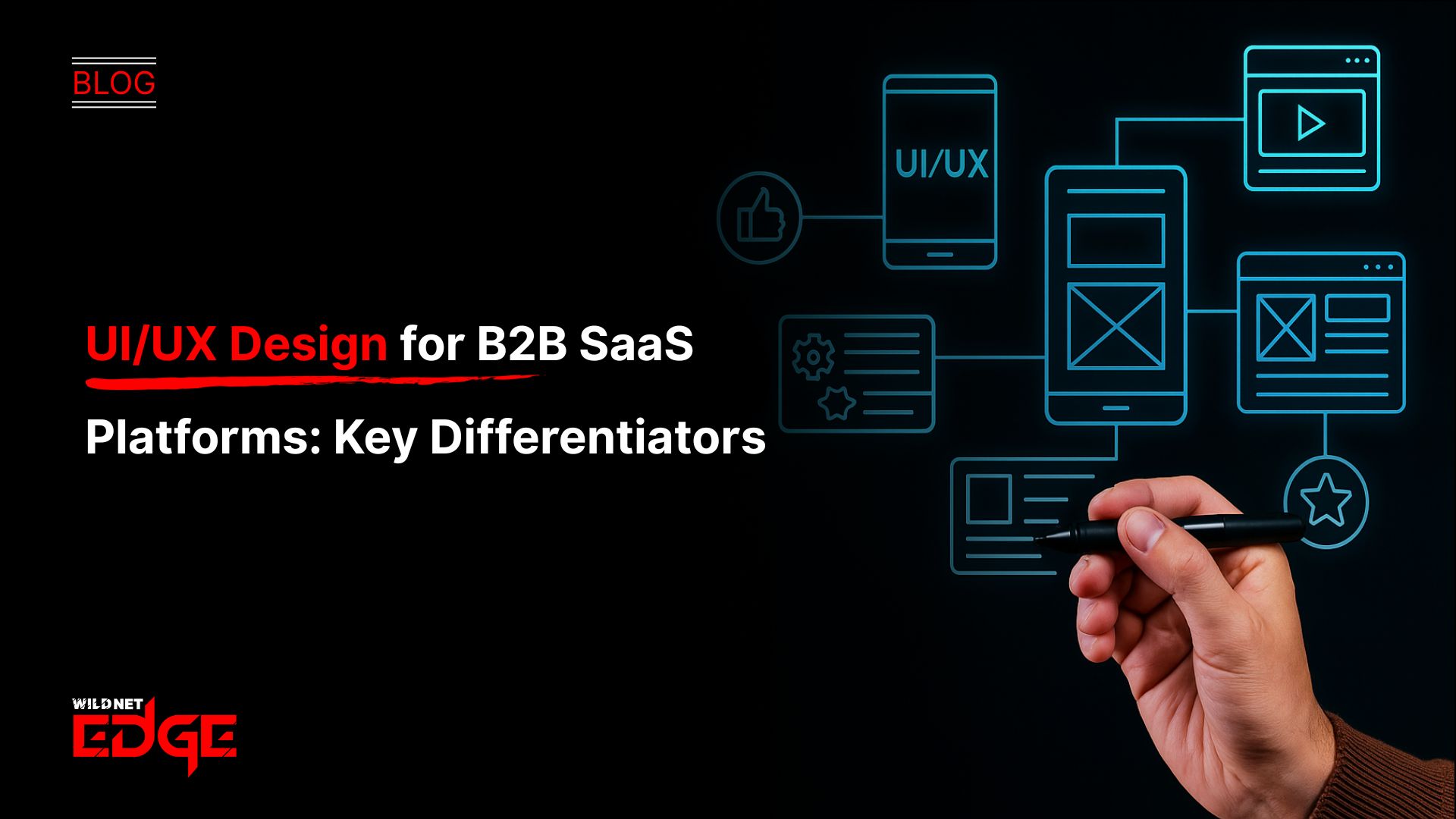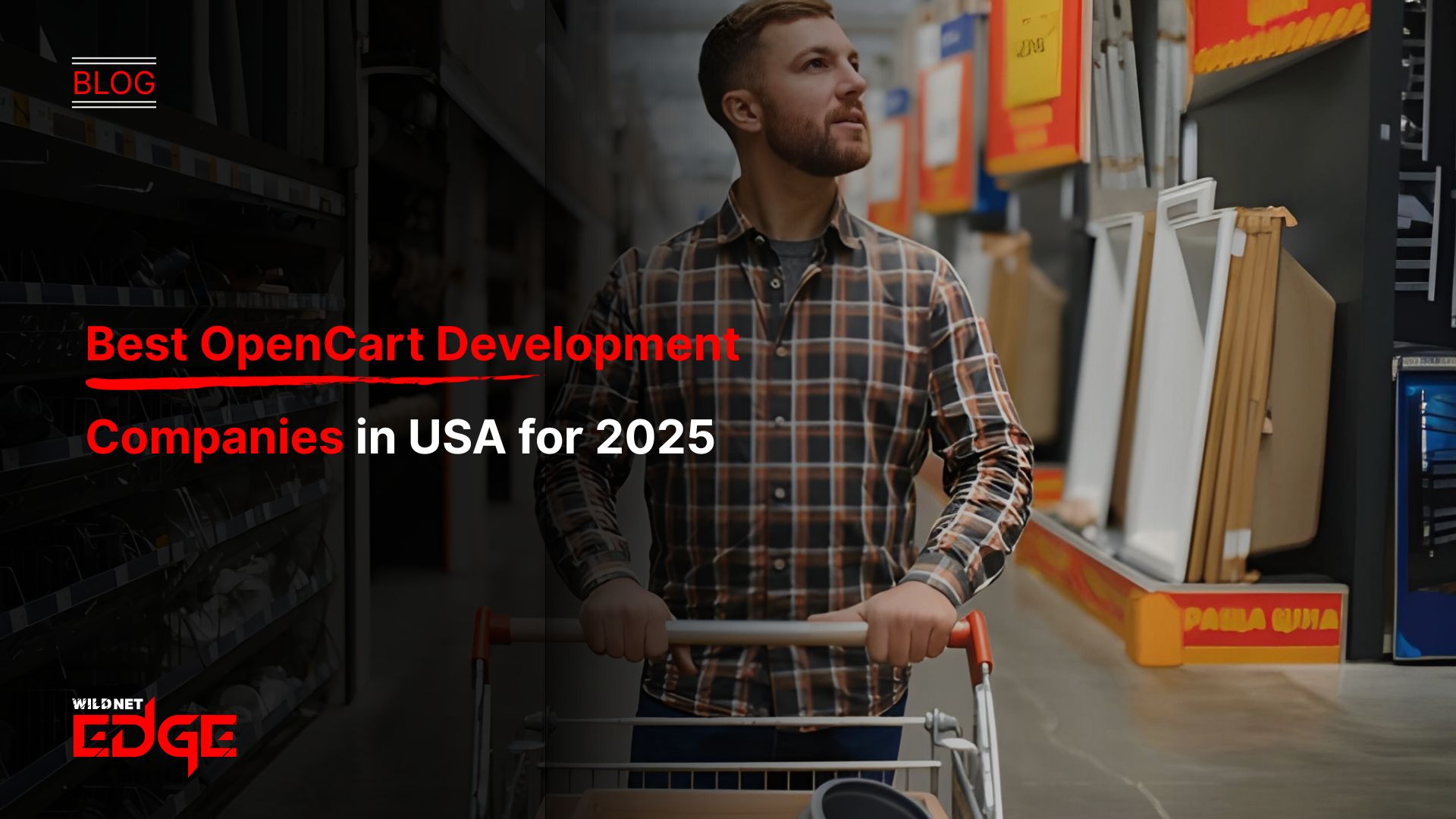Struggling to keep B2B users engaged in your SaaS platform? You’re not alone. Many businesses fail because their SaaS UI/UX doesn’t align with complex enterprise needs or smooth onboarding processes. Unlike consumer-facing apps, B2B SaaS platforms cater to diverse user roles, complicated workflows, and critical business processes that demand exceptional user experience design.
In this post, we’ll break down essential SaaS UI/UX design principles tailored specifically for B2B platforms, focusing on how to optimize B2B user onboarding and improve enterprise software UX. Our goal is to help you drive user adoption, reduce churn, and maximize satisfaction by aligning your platform’s design with real user needs.
Understanding Enterprise Software UX
Enterprise software UX is fundamentally different from consumer app design. The challenges here are multi-faceted:
- Complexity of Workflows: Enterprise users depend on software to manage intricate processes often involving compliance, data management, reporting, and integration with other business tools. The UX needs to accommodate multistep, high-stakes workflows without overwhelming users.
- User Diversity: Unlike consumer apps with a relatively homogenous user base, enterprise software must support multiple roles — from frontline employees to executives — each with distinct goals, permissions, and workflows.
- Integration with Existing Systems: Enterprise platforms rarely operate in isolation. They must securely integrate with internal databases, ERP systems, CRMs, and other legacy tools, necessitating seamless UX across combined workflows.
Given these factors, enterprise software UX demands a design approach that balances power and simplicity. Users expect intuitive navigation, role-based customization, and contextual help that doesn’t compromise on the sophisticated functionality they require.
Moreover, security considerations often shape UI/UX choices. Corporate branding, access controls, and compliance adherence (e.g., GDPR, HIPAA) must be reflected transparently in the platform’s design without disrupting usability.
Actionable Tip: Employ user journey mapping tailored for each stakeholder group. This method clarifies the “”jobs to be done”” and uncovers pain points, enabling targeted UX improvements that align with enterprise goals.
Key Elements of Effective B2B User Onboarding
Onboarding isn’t just a welcome tour; it’s the foundation of user engagement and retention. For B2B SaaS platforms, the onboarding process must address complex user needs while accelerating the time it takes to see real value.
Clear, Goal-Oriented Onboarding Flows
Create onboarding experiences that emphasize helping users accomplish specific tasks—such as setting up their account, integrating data sources, or configuring dashboards—quickly and confidently. Break the flow into manageable steps with progress indicators that motivate completion.
Contextual Help and Progressive Disclosure
Avoid overwhelming users with all platform features upfront. Employ progressive disclosure to introduce functionality contextually as users advance. Tooltips, inline guides, and FAQs should be embedded without disrupting workflow, providing help exactly when users need it.
Personalization for Different User Roles
Tailor onboarding content according to user roles and expertise levels. A sales manager may require walkthroughs centered on pipeline management tools, whereas IT administrators need focus on security settings and integrations. Role-based onboarding deepens relevance and speeds mastery.
Reducing Time-to-Value to Boost Adoption
Rapid time-to-value is a key factor in reducing drop-off. Use onboarding analytics to track where users stall and adjust flows accordingly. Consider offering quick start templates or prebuilt configurations to accelerate initial success.
Innovative onboarding solutions in 2025 leverage mixed media—combining short videos, interactive walkthroughs, and AI-assisted live chat—to ensure users receive timely, personalized support.
Actionable Tip: Implement a phased onboarding approach. Begin with the minimum necessary tasks to get users operational, then progressively introduce advanced features to maintain engagement over time.
SaaS UI/UX Design Principles for B2B Platforms
Delivering an exceptional SaaS UI/UX experience for B2B demands design tactics that address enterprise sophistication while prioritizing usability.
Consistency with Enterprise Branding and Security Standards
Align the UI with your enterprise customer’s branding guidelines to create visual familiarity and trust. Consistency in fonts, colors, iconography, and terminology reinforces brand identity and reduces cognitive load.
Security UI elements—such as two-factor authentication prompts, user permissions dashboards, and audit trails—must be clearly communicated and visually integrated without disrupting the user flow. Transparent security reassures enterprise clients about compliance and data protection.
Simplified Navigation Tailored to Complex Features
Design navigation systems that accommodate deep, multifunctional feature sets without overwhelming users. Use mega menus, collapsible sidebars, or tabbed interfaces organized by user roles or workflows.
Search functionality augmented by AI can accelerate feature discovery, especially in platforms with extensive capabilities. Clear labeling, contextual breadcrumbs, and shortcut commands help experienced users navigate efficiently while supporting beginners.
Responsive and Accessible Design for Diverse Devices and User Capabilities
Enterprise users toggle between desktops, tablets, and mobile devices throughout the day. Responsive design must ensure consistent functionality and visual clarity across screen sizes.
Accessibility compliance (WCAG 2.1+) is critical, not just for legal reasons, but to serve a diverse workforce including users with disabilities. Provide keyboard navigation, screen reader optimization, and sufficient color contrast to ensure inclusivity.
As remote work trends continue, support for cloud environments, VPNs, and offline modes further enhances user satisfaction and productivity.
Actionable Tip: Conduct regular usability testing with actual enterprise personas across devices and roles. Test for accessibility and task success rate, and iterate UI/UX accordingly.
Advanced Trends and Future Directions in SaaS UI/UX
Looking ahead to 2025 and beyond, emerging trends will redefine SaaS UI/UX for B2B platforms, particularly in user onboarding and overall enterprise software experiences.
AI-Driven Personalized Onboarding Experiences
AI technologies enable dynamic onboarding flows that adapt in real time to user behavior. Utilizing machine learning, platforms can identify where an individual user struggles or excels and present customized tutorials, feature tips, or shortcuts.
This hyper-personalization reduces cognitive load, accelerates proficiency, and increases satisfaction. SaaS platforms like Zoho and Salesforce are already embedding AI bots that act as virtual coaches for enterprise users.
Data-Driven UX Improvements Through User Behavior Analytics
Modern SaaS platforms harness analytics tools to track user interactions—clicks, navigation paths, task completion times—providing continuous feedback on UX effectiveness.
Actionable insights from this data allow product teams to refine onboarding sequences, identify friction points, and prioritize feature development based on real usage patterns.
Integration of Collaboration Tools Directly in the Platform
Future SaaS UI/UX focuses on embedding collaboration features—like chat, video calls, and annotation tools—directly within the interface. Enterprise users benefit from smoother communication without switching between disconnected apps.
This integration fosters teamwork, accelerates decision-making, and enhances user engagement. Microsoft Teams and Slack integration into SaaS dashboards is a prime example, blending operational workflows with communication.
Actionable Tip: Begin experimenting with AI chatbots and embedded collaboration modules to stay ahead of evolving enterprise user expectations.
Conclusion
Effective SaaS UI/UX design for B2B platforms is crucial in creating streamlined B2B user onboarding and delivering superior enterprise software UX. By focusing on clear, personalized onboarding flows and applying user-centered design principles, businesses can significantly boost user adoption, satisfaction, and long-term retention.
Addressing the unique complexities of enterprise workflows and diverse roles requires strategic, adaptable interfaces. Advanced trends such as AI-driven onboarding and integrated collaboration tools promise to further enhance B2B experiences throughout 2025.
WildnetEdge offers deep expertise in crafting tailored SaaS UI/UX solutions that meet the intricate demands of enterprise customers. With data-driven insights and innovative design tactics, WildnetEdge helps companies elevate user engagement and achieve measurable platform success.
Ready to future-proof your B2B SaaS platform? Explore how WildnetEdge’s specialist UI/UX services can transform your user onboarding and software experience.
FAQs
Q1: What are best practices for SaaS UI/UX in B2B user onboarding?
Focus on simplicity, personalization, and clear, goal-driven guidance. Employ role-based content, contextual help, and progressive disclosure to reduce friction and help enterprise users quickly realize value.
Q2: How does enterprise software UX differ from consumer SaaS UI/UX?
Enterprise UX must manage complex workflows, accommodate diverse user roles, and integrate seamlessly with existing business systems, requiring tailored design solutions that balance sophistication with usability.
Q3: How can SaaS platforms improve B2B onboarding experiences?
Use interactive tutorials, role-specific onboarding content, mixed-media guides, and AI-powered assistance to facilitate smooth adoption and minimize user frustration during initial setup.
Q4: What role does AI play in enhancing SaaS UI/UX for enterprise customers?
AI enables personalized onboarding paths, adaptive interfaces, real-time user assistance, and predictive analytics, improving engagement, reducing time-to-value, and increasing overall efficiency.
Q5: Why choose WildnetEdge for SaaS UI/UX design?
WildnetEdge offers specialized expertise in enterprise SaaS UX, combining strategic insight with cutting-edge design technology to optimize onboarding and user satisfaction, ensuring your platform meets complex enterprise standards.

Nitin Agarwal is a veteran in custom software development. He is fascinated by how software can turn ideas into real-world solutions. With extensive experience designing scalable and efficient systems, he focuses on creating software that delivers tangible results. Nitin enjoys exploring emerging technologies, taking on challenging projects, and mentoring teams to bring ideas to life. He believes that good software is not just about code; it’s about understanding problems and creating value for users. For him, great software combines thoughtful design, clever engineering, and a clear understanding of the problems it’s meant to solve.
 sales@wildnetedge.com
sales@wildnetedge.com +1 (212) 901 8616
+1 (212) 901 8616 +1 (437) 225-7733
+1 (437) 225-7733































